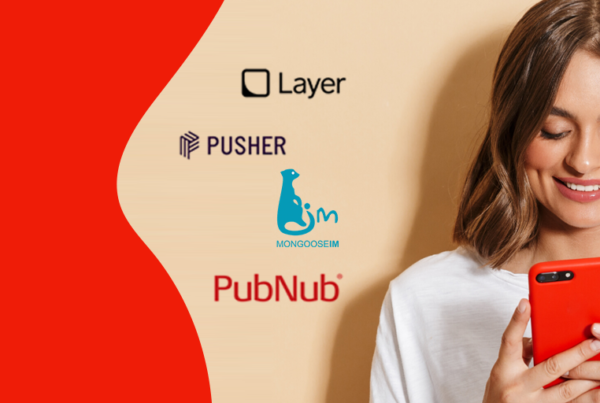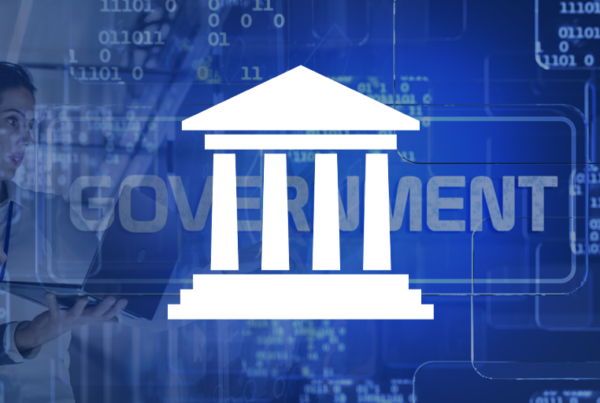With the meteoric rise in Bitcoin, speculation on the applications and value of blockchain outside of cryptocurrency is abundant. It is a hot topic at most technology, government, and industry trade shows, with a survey from the World Economic Forum suggesting that 10% of global GDP will be stored on blockchain technology within 10 years. Governments in every part of the world are furiously publishing reports on the technology, with over five hundred thousand publications being published on the subject in the past two years alone. While the hype will die down, the potential for blockchain to transform the way our world works will not. But where does this leave governments and organizations interested in non-crypto related aspects of the technology?
After participating vigorously in the online and offline debate on the actual applications of blockchain technology since 2015, we believe we have identified the major areas where applications make sense within the next five years.
Diligence
There are many problems with the current state of due diligence systems. Digital and physical materials and audit results are fragmented and siloed between various participants, prohibiting a holistic view, and delivering poor user experience, necessitating repetitive and costly processing and investigations. In systems where due diligence audits are periodically required on participants, tracking the status of audit subjects can become an organizational hassle in itself. In ecosystems where multiple parties share due diligence information, secure and reliable methods for sharing audit results are difficult and technically compromised; a risk that is unsustainable in most diligence situations. Companies such as my company Prospus, with its Prospus Diligence platform, are charging forward in using blockchain to securely record diligence results in public and private blockchain networks so the results of audits can be securely reviewed and shared by permitted parties.
Smart Contracts
Smart contracts are the most active areas being exploited by the legal and banking industries because of the enormous effort being put into digitizing the law books. Companies like Stampery are making headway by recording notary transactions on the blockchain, providing the proof parties need that a certain thing happened at a specific time and place. But anything can be recorded on a shared ledger, such as a legal or insurance claim, business formation, arbitration outcome, or sales transaction, and then the prescribed results from that event automated through smart contract technology. The associated amount of paperwork and administration being eliminated offers a very compelling proposition for manual process-heavy industries.
Smart Assets
The next step after a smart contract is a smart asset. Ownership claims over physical or intellectual property are usually reinforced by certificates of ownership in the form of paper receipts, a convention going back thousands of years. With the ability to record the transfer of ownership of goods and services in real-time on immutable shared ledgers, we see the opportunity to fundamentally change the way ownership is managed. The impact on the process of exchanging bills of lading, in combination with diligence checks, will completely transform the process of buying and selling in the supply chains of the world. Companies like Wave and Tradle are using blockchain to build smarter asset management in trade finance, providing comprehensive, three-dimensional views of transactions that are traditionally limited to those individuals familiar with the paper-trail of a transaction.
Clearing and Settlement
According to Santander’s 2015 report LINK, it is estimated that will save the industry $20 billion a year in more in overhead costs by transforming the standard three-day clearing and settlement cycle into real-time transactions on a shared ledger. The current financial system was built over decades of policy and best practice, and takes into account the complexity of transactions and need to inform all parties and ensure the integrity of their data over hundreds of thousands of parties. Banks and other financial institutions involved in transactions each maintain their own version of a transaction, creating data silos requiring massive amounts of manual reconciliation and operational latency in most transactions. Firms such as Digital Asset Holdings are emerging on the scene with blockchain-based solutions which offer partial solutions to some of these complexities by creating a shared view of each transaction, cutting down the need for independent verification.
Payments
Payments have attracted a lot of attention because of the opportunity to exchange value between global participants without a third party intermediary. This introduces the possibility of eliminating the middleman costs from institutions such as Western Union and the myriad banks involved in virtually every remittance transaction. Global players such as SWIFT and R3 have projects around blockchain for payments transactions, but they still face some mighty hurdles. Blockchain-based transactions can take up to one hour to settle, and the costs are going up as a result of the costs of mining bitcoin. But the volatile nature of cryptocurrencies is also offsetting to all but speculators, investors, and hobbyists, making it less appealing to the general population or highly-specialized transactions. Existing payment transfer systems such as SWIFT, ACH, and STEP2 are far more efficient and will likely remain seriously unchallenged until shared ledger technologies can prove they can scale to handle trillions of transactions per second.
Digital Identity
The heart of the emerging vision of a smart, interconnected world is the digital identity. An immutable record of one’s identity, the digital identity will provide ultimate assurance of the validity of a transaction conducted on behalf of an individual or organization. While blockchain does not overcome the issue of connecting a physical being to an identity on a shared ledger, it is a critical step toward building out the infrastructure of the Internet of Things.
The number of use cases for blockchain is increasing every day, but these continue to be the most viable in terms of what is achievable in the near-term. The current players are energetic and well-funded, but we can expect new players to emerge.



























